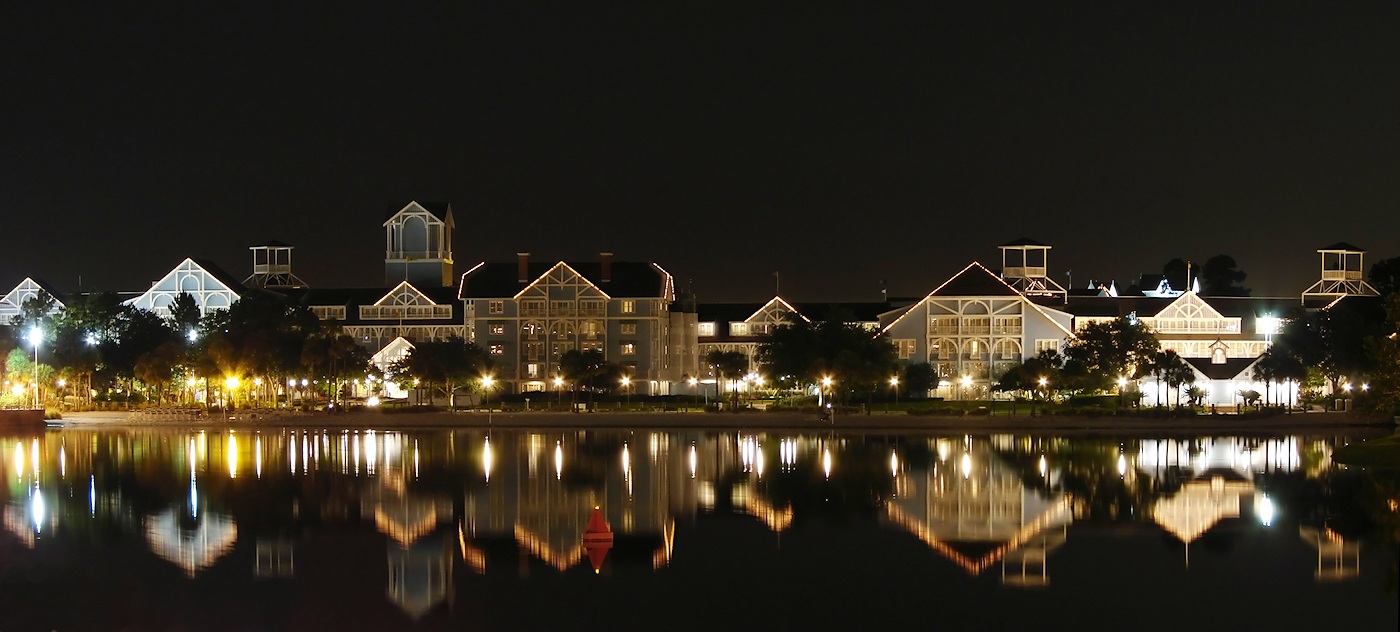Br'erBriere
Let's Go Buffalo!
- Joined
- May 23, 2006
- Messages
- 153
I was wondering how everyones pictures of the castle at night as well as sinage (think future world colors) and night parades (spectro) come out?
I have used a bunch of camera's in the past and every shot of the castle and many of the parades come out terrible and blury. With that said I am really hoping for some help with some questions below.
What type of camera do you use to get a clear, un-blurry shot of the castle and other shots?
Do you tweak your manual settings, if so to what?
Do you use a tripod?
Can you post an example?
I have used a bunch of camera's in the past and every shot of the castle and many of the parades come out terrible and blury. With that said I am really hoping for some help with some questions below.
What type of camera do you use to get a clear, un-blurry shot of the castle and other shots?
Do you tweak your manual settings, if so to what?
Do you use a tripod?
Can you post an example?

















